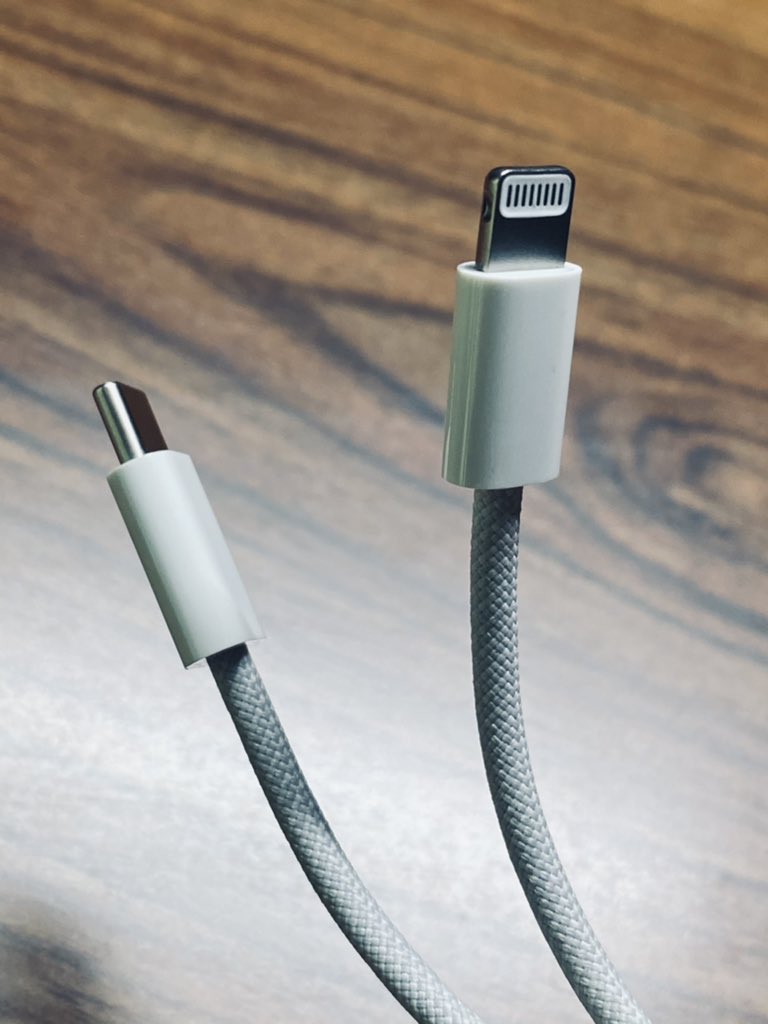

- #Usb parallel adapter cable drivers#
- #Usb parallel adapter cable driver#
- #Usb parallel adapter cable download#
However, if you do a lot of fussing or you have multiple adapters, you’ll end up with more than one “USBnnn” virtual printer port. If you follow these instructions once and they work, and you only have one such adapter (or other USB printer device) installed, you’ll end up with a “USB001” virtual printer port, and that’s the one you need to use. More Than One “USBnnn” Virtual Printer Port These adapters are cheap and not every adapter will work with every computer/OS combination. If nothing will work, try a new adapter from a different manufacturer. Try ignoring the error and see if you can create a printer device as described above, and then see if it works. Try without using an extension USB cable, if you’re trying to use one. Try connecting directly to one of the computer’s USB ports without going through a hub or other USB adapter. If this happens try again a couple of times. You may get a popup error message when you plug in the adapter, instead of the desired “Your device is ready to use” message. If you got here from another of my articles, that article may have what you need.
#Usb parallel adapter cable driver#
You’re on your own here, since there a wide variety of printers out there and each driver has its own peculiarities. You may find that there are driver settings that control margins, orientation, paper feed, or other parameters, that need to be adjusted to get exactly what you want.

In this context “works” means that trying to print makes something happen, even if it isn’t what you want. Generally once you get them set up they will just work, but like most computer things, it may take some fiddling to get it right. Print a test page and be amazed (or not).
#Usb parallel adapter cable download#
It won’t happen automatically and you may have to find and download one if Windows doesn’t have one built in. It’s probably the one Windows created last.įinish creating the printer device by selecting the correct printer driver. If there are more than one “USBnnn” ports shown, use the highest number for your first try. Then pick “Use an existing port”, and scroll down to find a port named something like “USB001 (Virtual printer port for USB)”. Go to Devices & Printers -> Add a printer and pick “Add a local printer”. You’ll have to create a printer device manually. Generally Windows will not recognize printers plugged into one of these adapters. Windows should load the necessary driver(s) and create a USB virtual printer port. Load the CD if necessary (read the instructions that came with the adapter, perhaps on the CD), then plug the adapter into your USB port.
#Usb parallel adapter cable drivers#
Most adapters also come with one of those annoying mini-CDs with drivers for other OSs or older versions of Windows. Most of these adapters will just plug into a USB port and work - later versions of Windows have drivers for them built in. This is what you need if you’re simply connecting to a printer and do not expect to use the port for other things. The adapters with a Centronics (CN36) connector will plug directly into a printer and avoid the complication and expense of a printer cable. You can also use this type of adapter to connect to printers with Centronics interfaces by use of a standard old-fashioned printer cable (DB25M to CN36). Some of these require additional cables or adapters.

Examples are scanners or tape drives with parallel interfaces, dongles used to activate certain old software, or old-style data-transfer applications such as InterLink, included with some versions of DOS. The adapters with a DB25F connector are useful if you are trying to connect to something other than a printer. Both have a USB plug on the computer end, but some give you a parallel port (DB25F) connector on the printer end, while others have a Centronics (CN36) connector on the printer end. There are two types of USB -> parallel port adapters. These ports are also sometimes called IEEE 1284 ports. If you’re trying to hook up an old printer or other device with a parallel port (DB25) or Centronics (CN36) interface, but you have a newer computer without a parallel port, there are easy-to-use adapters available for a few bucks that will give you the required port.


 0 kommentar(er)
0 kommentar(er)
